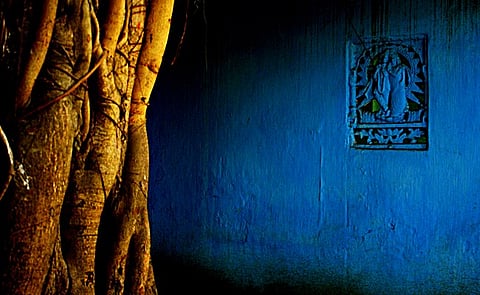The Sultanate’s return: Tracing the origins of Islamic Bangladesh
In 1342, Shamsuddin Iliyas Shah, ruler of the kingdom of Shatgaon, annexed two other Muslim kingdoms in medieval Bengal, shortly after all three had declared independence from Delhi. This enlarged kingdom, now called the Sultanate of Bangala, survived as an independent country for over 230 years, and in some sense can be considered a prototype for present-day Bangladesh. Much of what Bangladeshis have inherited as their cultural and political legacy comes from the sultanate era: the name of the country, the currency, religious leanings, language and literature, many folk and spiritual traditions, and roughly the current territorial borders. Indeed, the political identity of Bengal through the ages – first as an independent sultanate, then as a Mughal, British and Pakistani province, and finally as a republic – has its genesis in this period.
Despite establishing a strong, self-assured and independent kingdom, however, the Iliyas Shah dynasty, hailing originally from Iran, remained a foreign presence in the Ganga delta. Whether the largely Bengali-speaking Hindu and Buddhist population viewed their Persian-speaking Muslim rulers as occupiers cannot be known for certain. However, since as early as the reign of Shamsuddin Iliyas Shah's grandson Gyasuddin Azam Shah, the dynasty's rule was being undermined by an influential Hindu aristocratic landlord, Raja Ganesh. In 1410, Ganesh successfully captured the state – aided in part by the infighting within the Shah family, with sons killing fathers for the throne – and became the de facto ruler of Bengal for the next five years.

